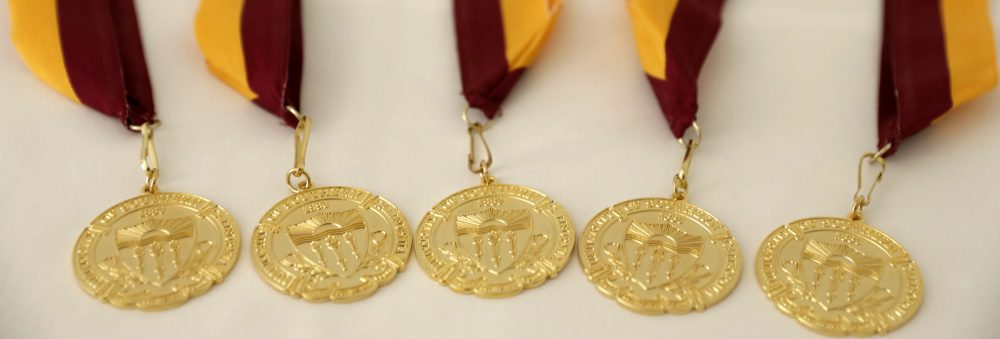From the series, Badges: Trials and Tribulations on the Road to Graduate/Professional School Success, by Adam Feinman
New Research: Unfamiliar Territory
By Adam Feinman
We all enter graduate programs with an idea of what we are looking to get out of it. Some may wish to make a change in the world; others may be looking to better their employment opportunities. Perhaps there is a historical era of fascination, or a physiological question unanswered. For some of us, however, that goal (or set of goals) may not be as well-defined. One may be aware of their skills or areas of interest but unsure of how they intend to apply them. Even if one has plans in mind upon entry, for various reasons students sometimes end up with an advisor whose research focus is out of their comfort zone.
One thing is assured: if you are going to do research in graduate school, even if you have done research previously, you’re going to have to traverse uncharted waters.
This can be particularly scary if you aren’t well-equipped to do the research in labs who do work you care about. Even nice graduate advisors have notoriously high expectations of their graduate students. Laura is a young lady I met who is doing some clinical training now to boost her academic CV after a prestigious postdoctoral position. She recalled to me that when she was first meeting with her graduate advisor, he told her flat-out that he considered it a reasonable expectation for Ph.D. students to design, execute, write, and defend in three years (regardless of former research training).
It is extremely easy to allow oneself to get caught up in frustrating things like this, but knowing what you stand to gain can help.
Firstly, I think that sometimes it’s good to have a balance when starting research between what you know and what you don’t. If you always do projects that are close to home, your CV will end up looking very narrow. You’ll also run out of topics quickly, and even the projects you do will be minor contributions to your field. Keep an open mind, and always be ready to either learn something new or pull in a collaborator who knows what they’re doing. Or both!
I’d also say that it’s really important in an academic career (and in life in general) to avoid stagnation. We have to keep our minds sharp, especially when you’re in a competitive field.
I wish I had thought of this quote myself, and I can’t remember who said it, but here it is: “Be a jack of all trades and master of one.”
I’m an engineer and a scientist, so most of the stories I have to draw on come from those fields. If you are reading this and have a different spin (professional school, humanities, etc.), please email me at feinman@usc.edu, I would love to hear your experiences! Anonymity will be protected.












